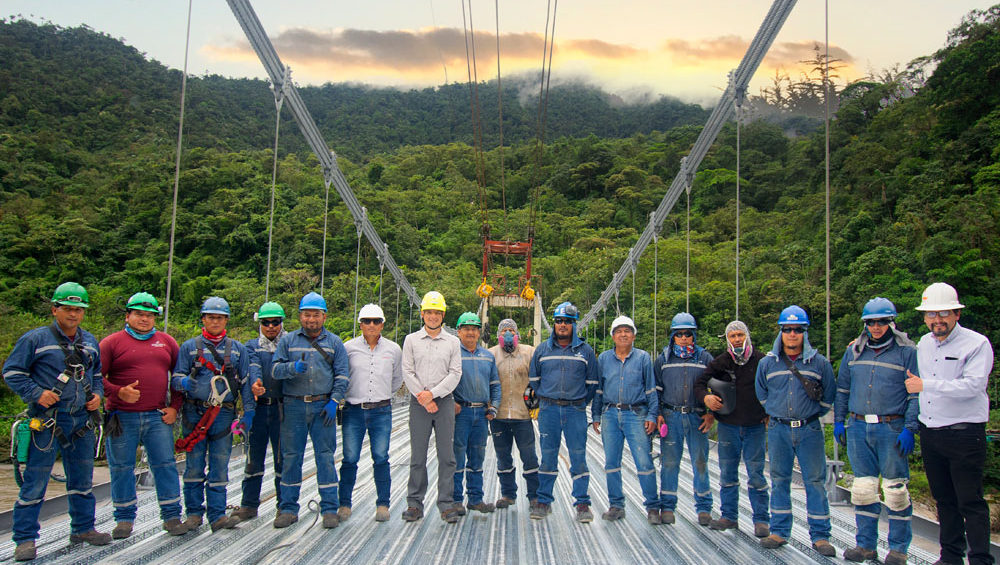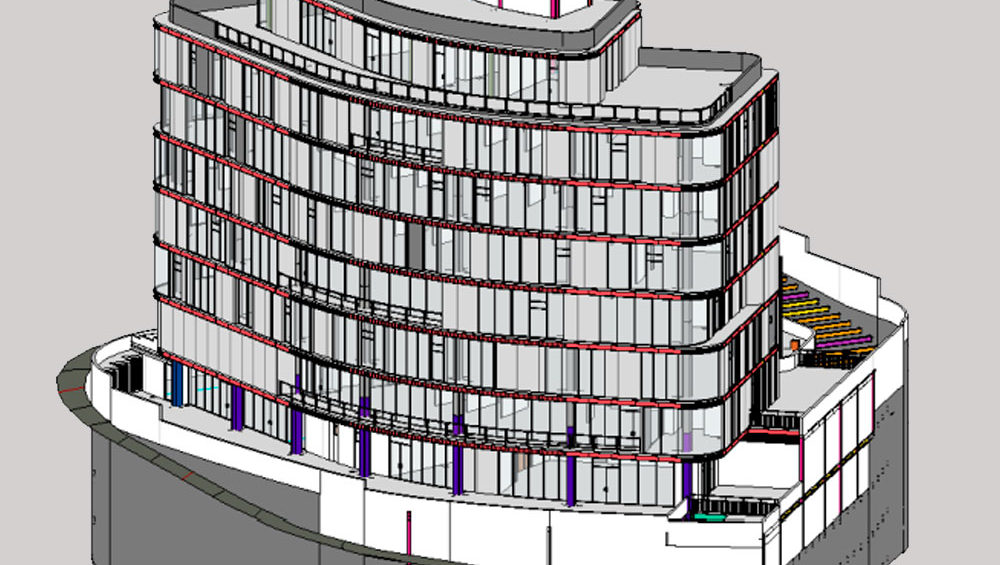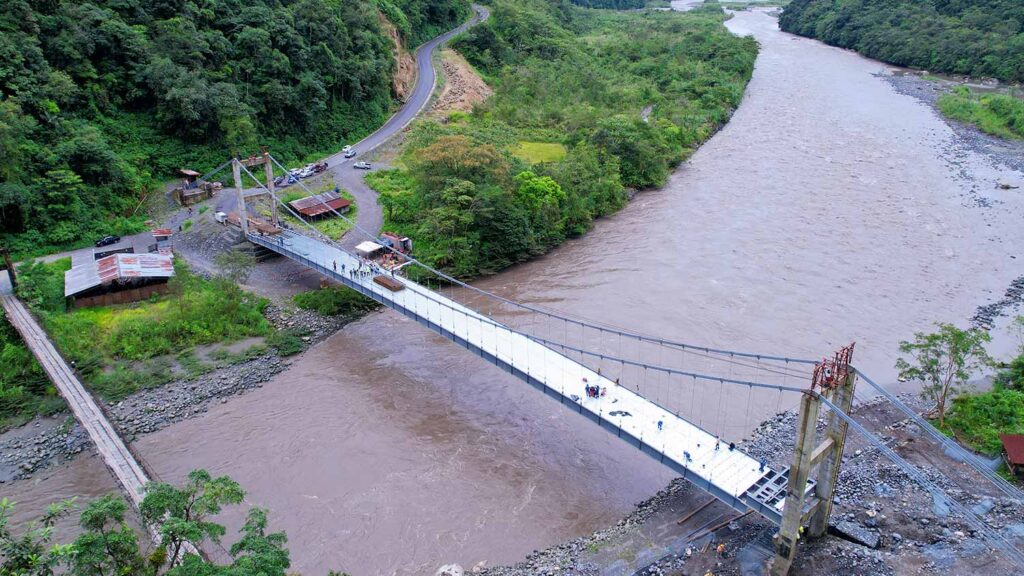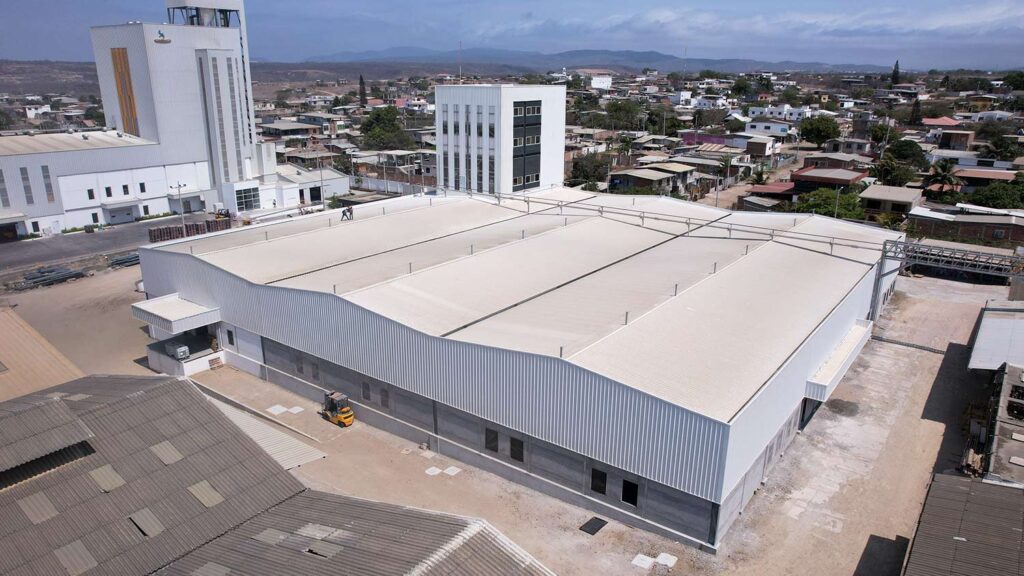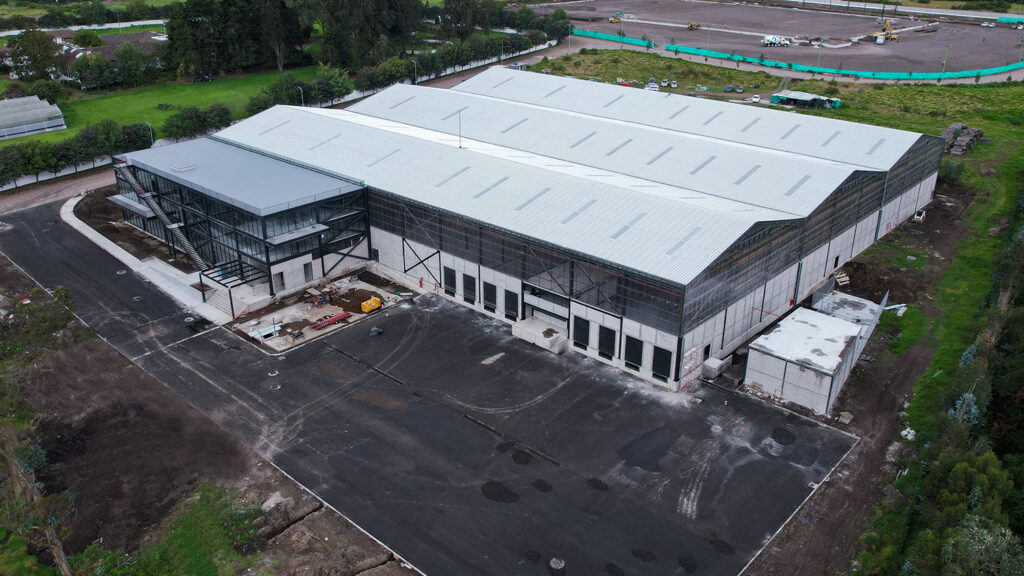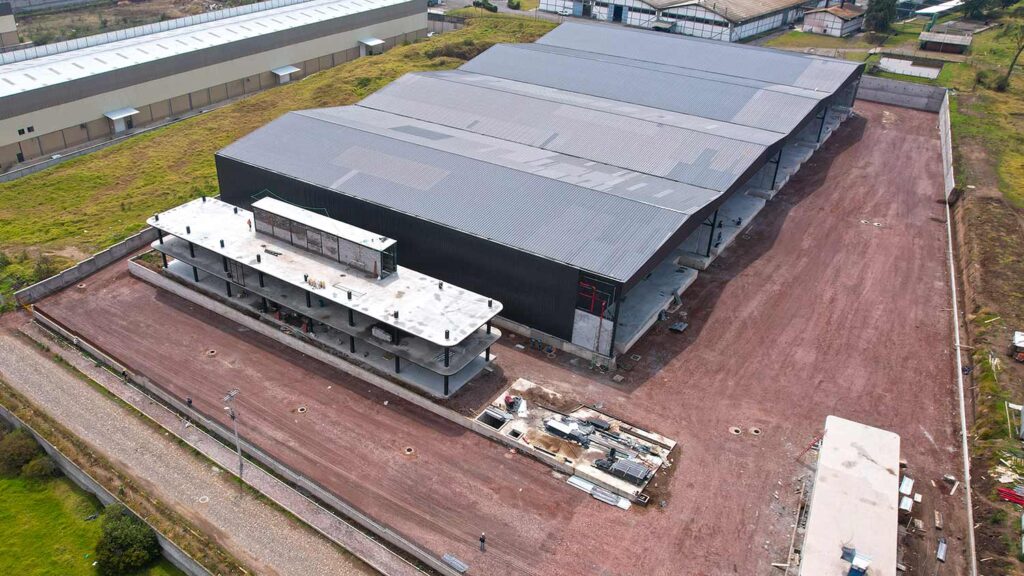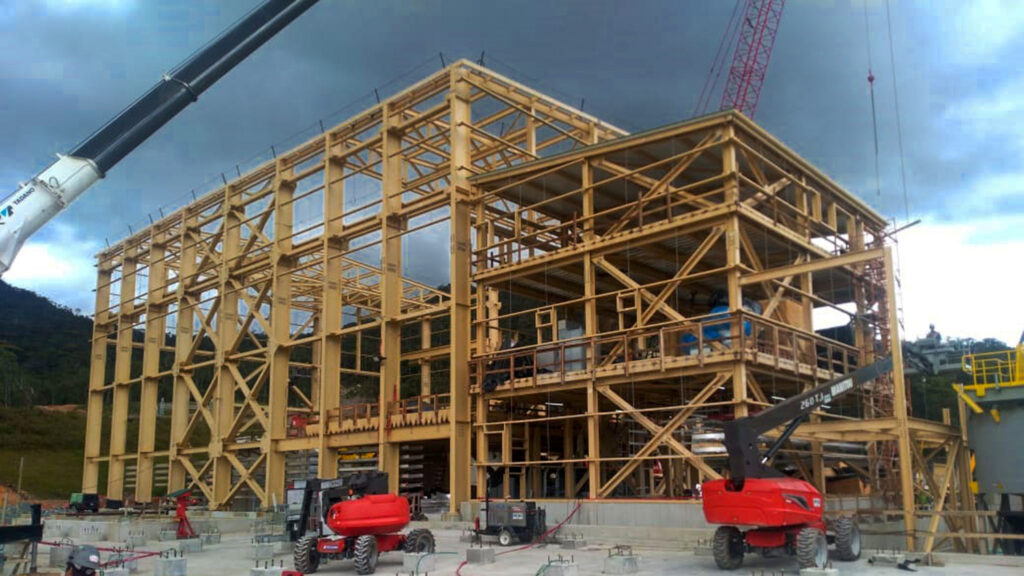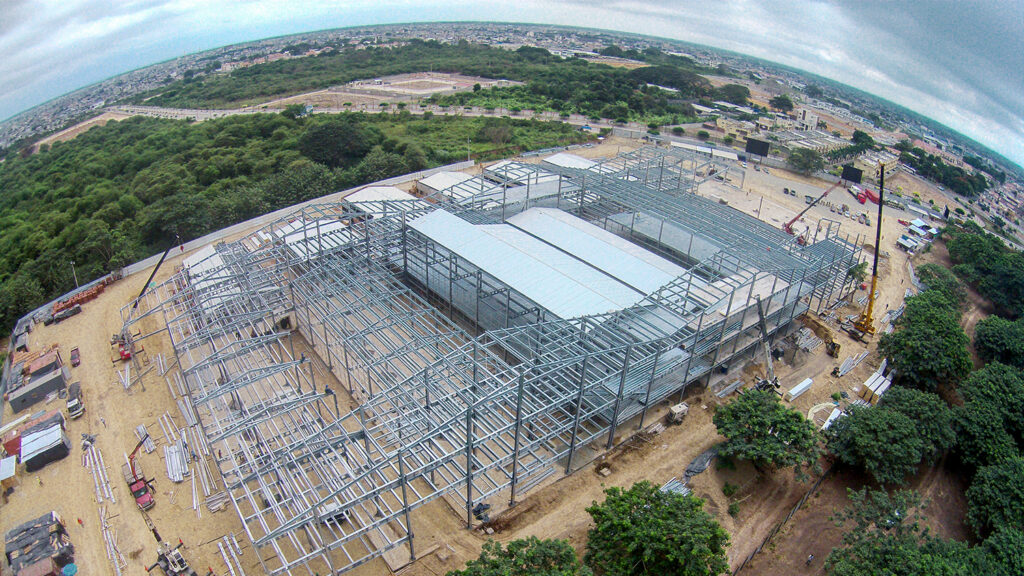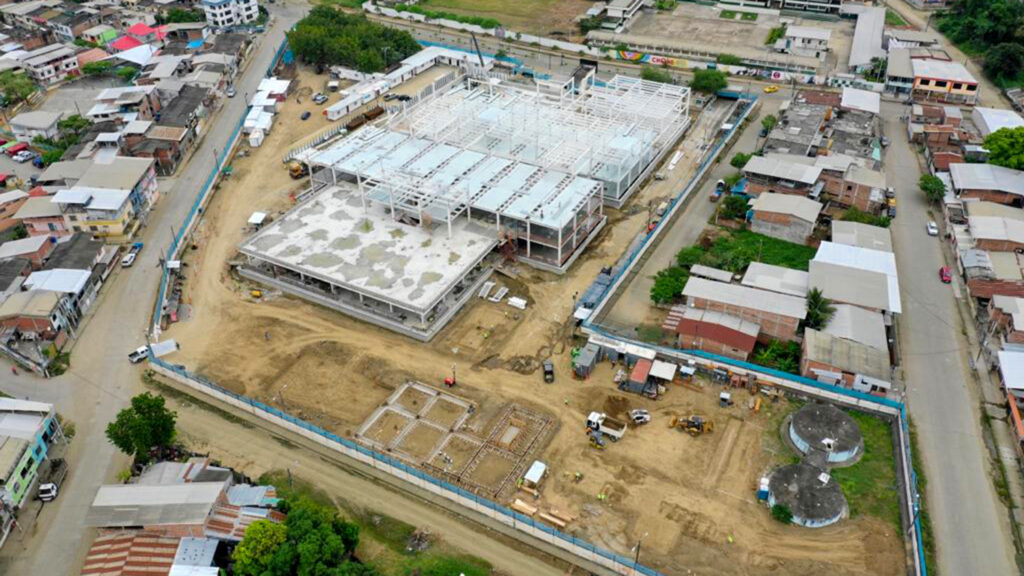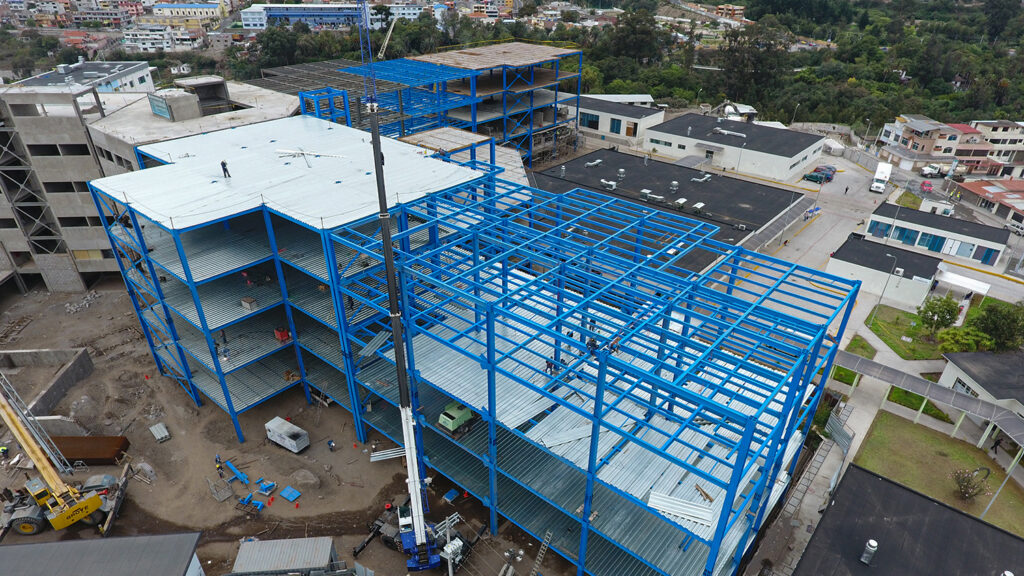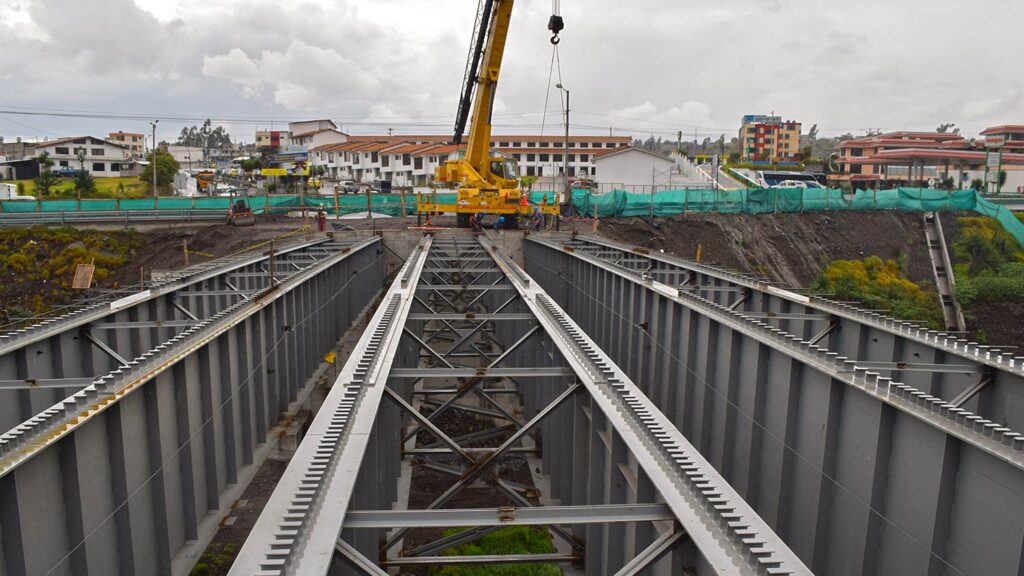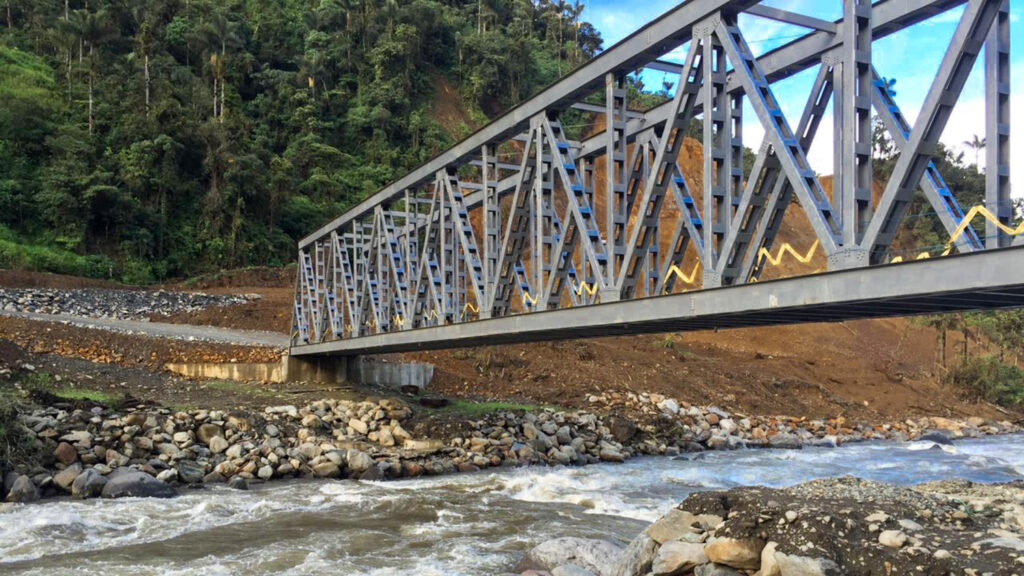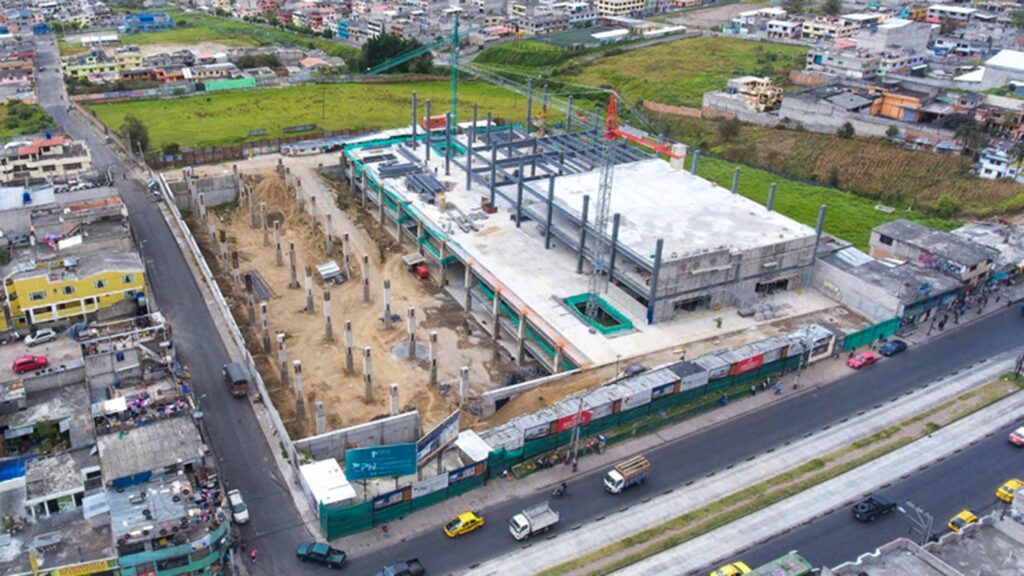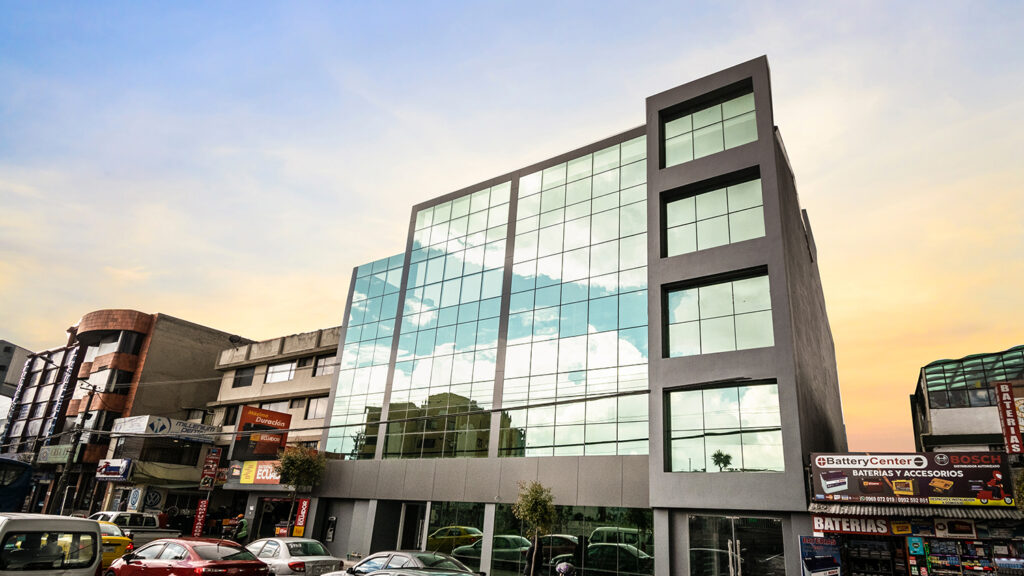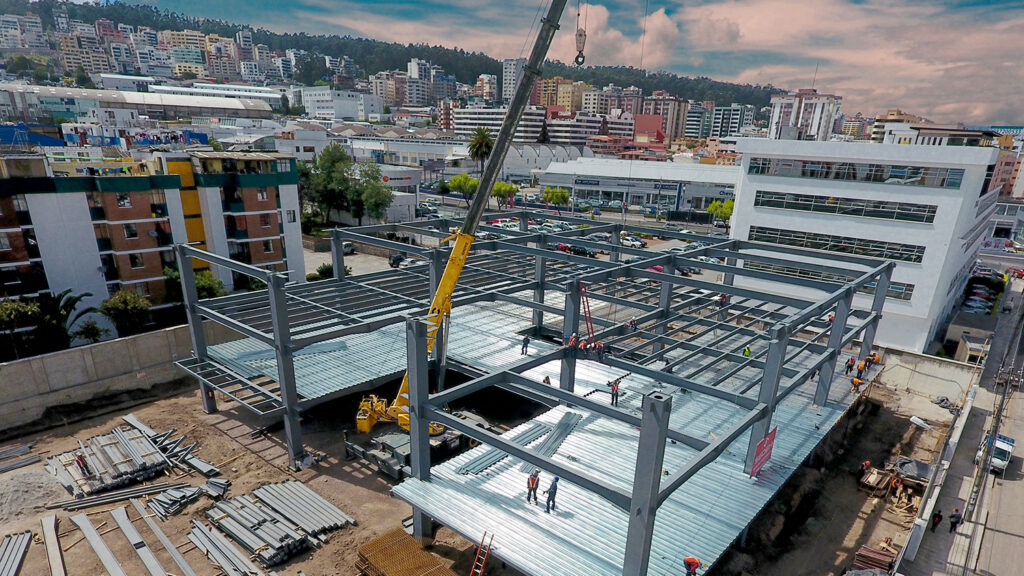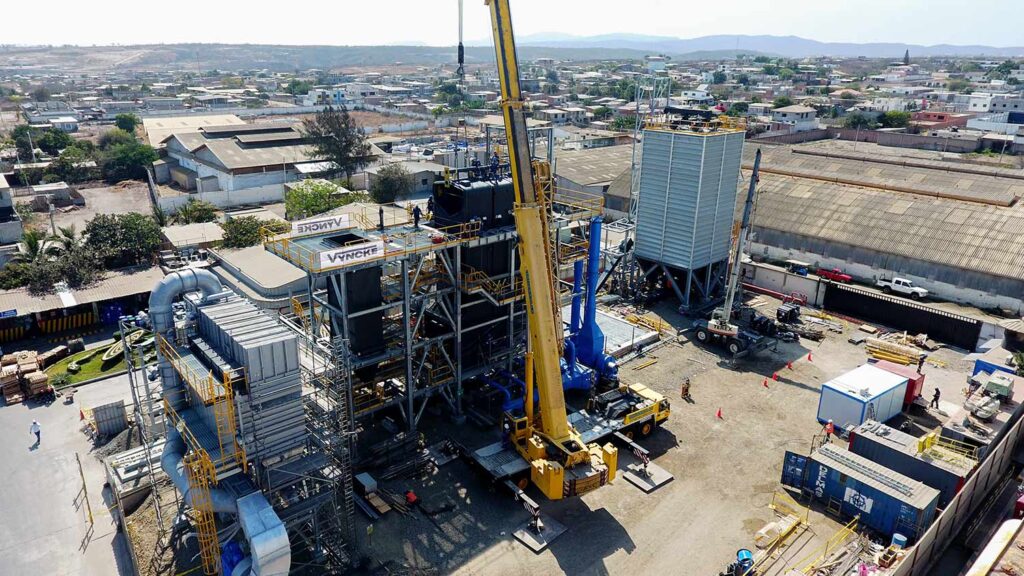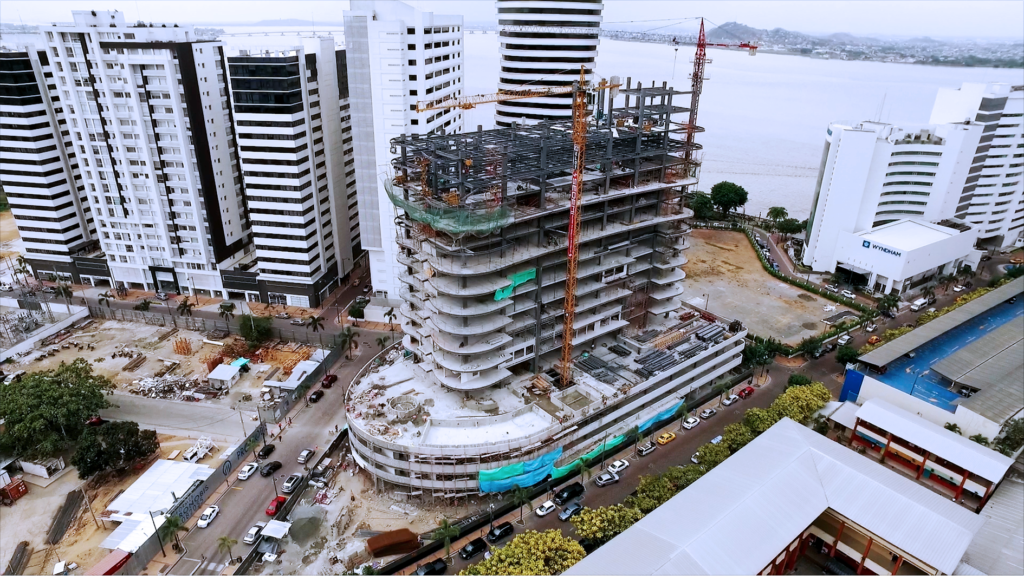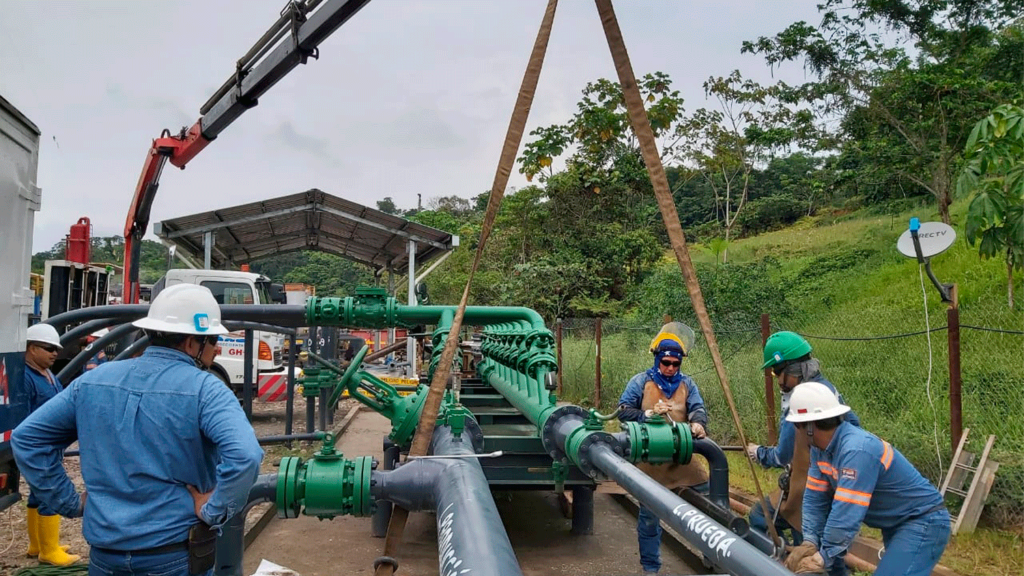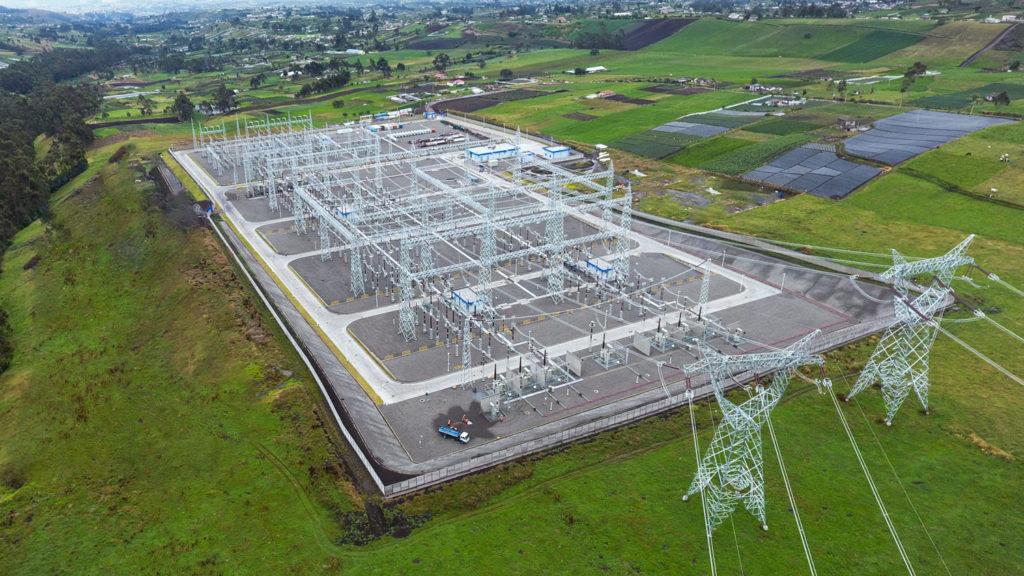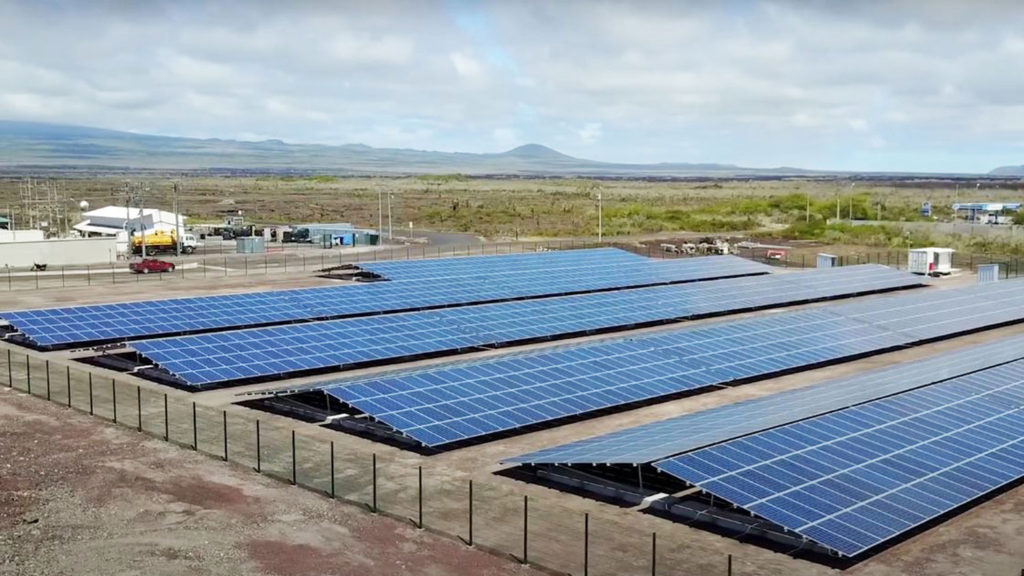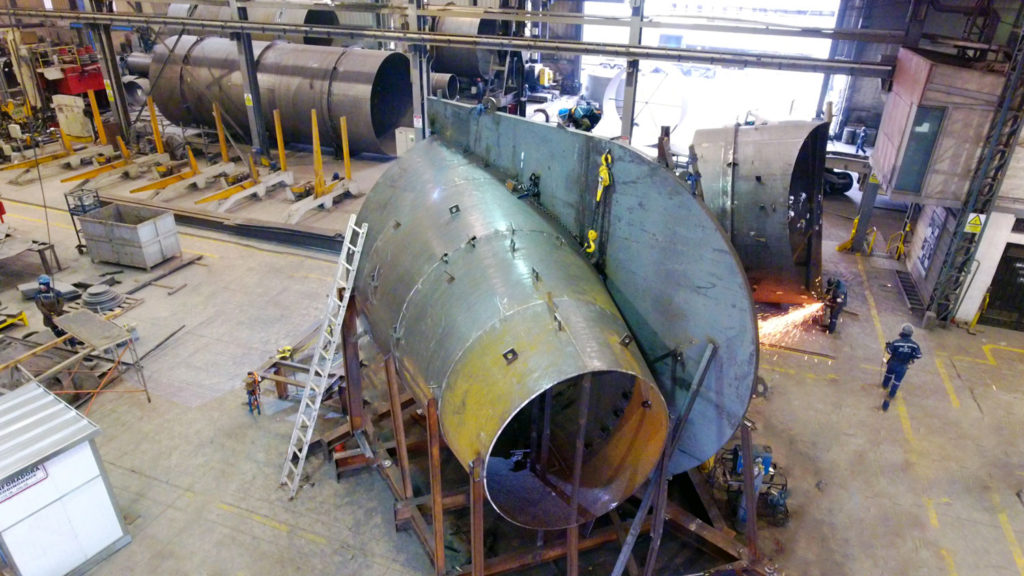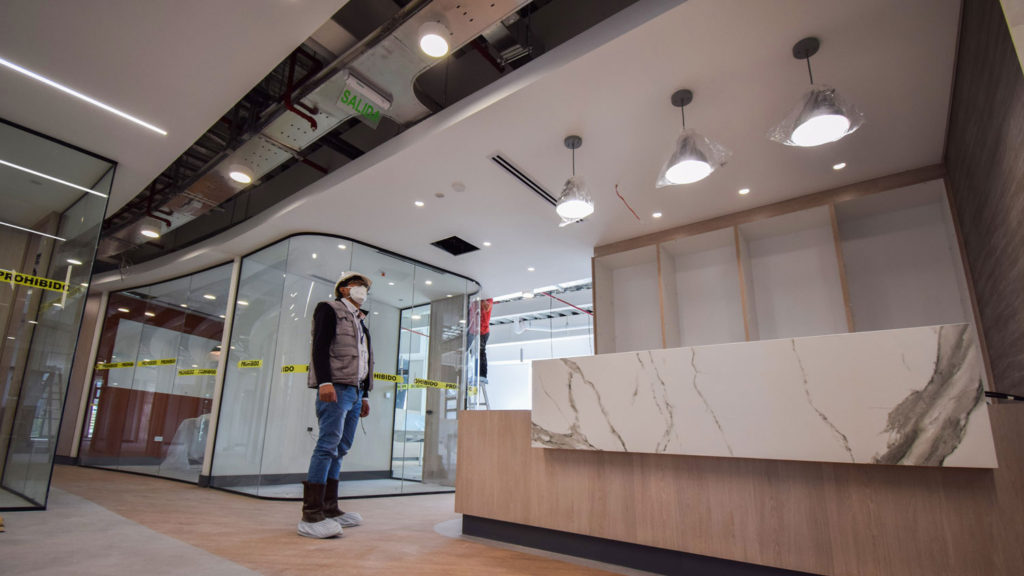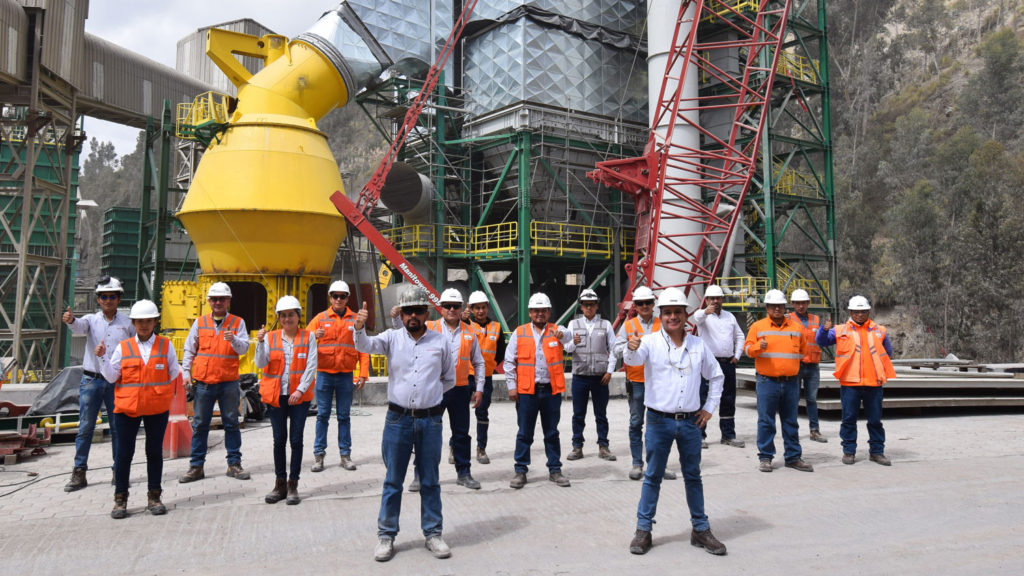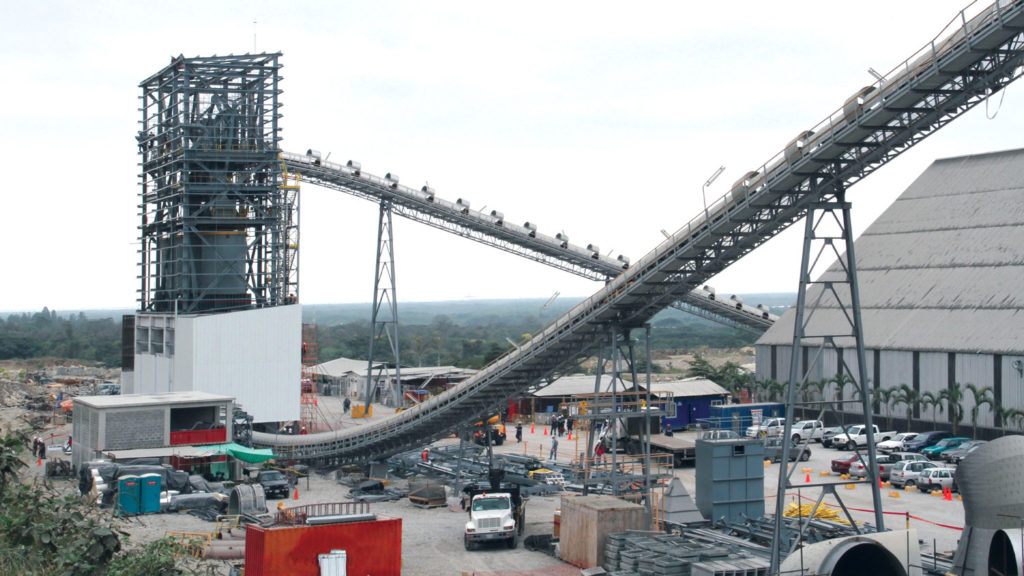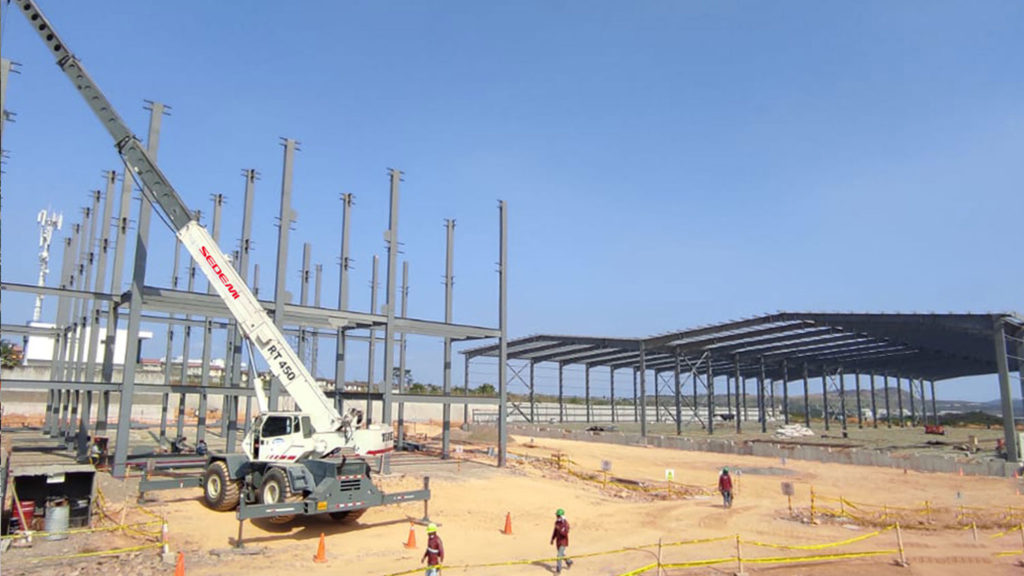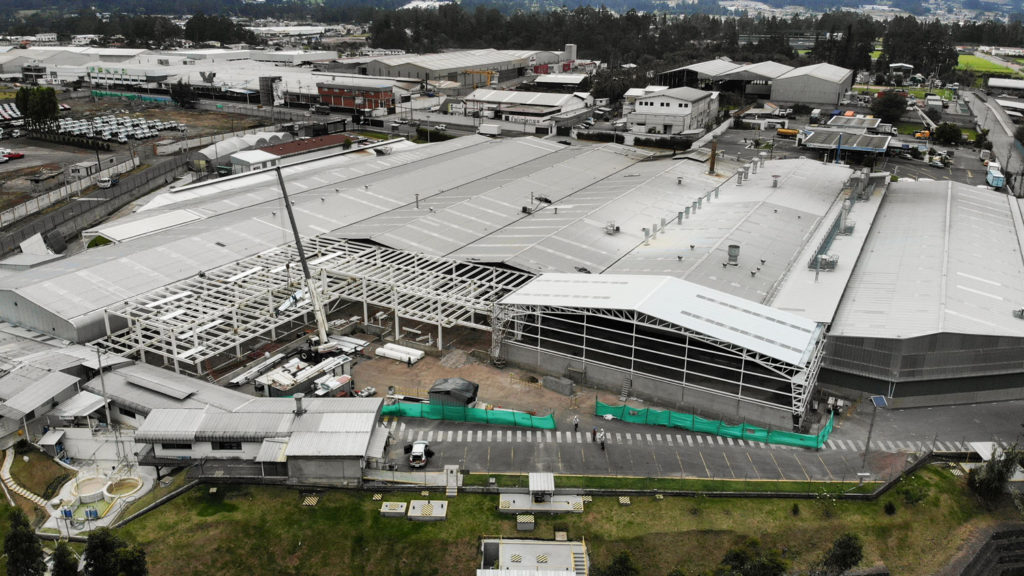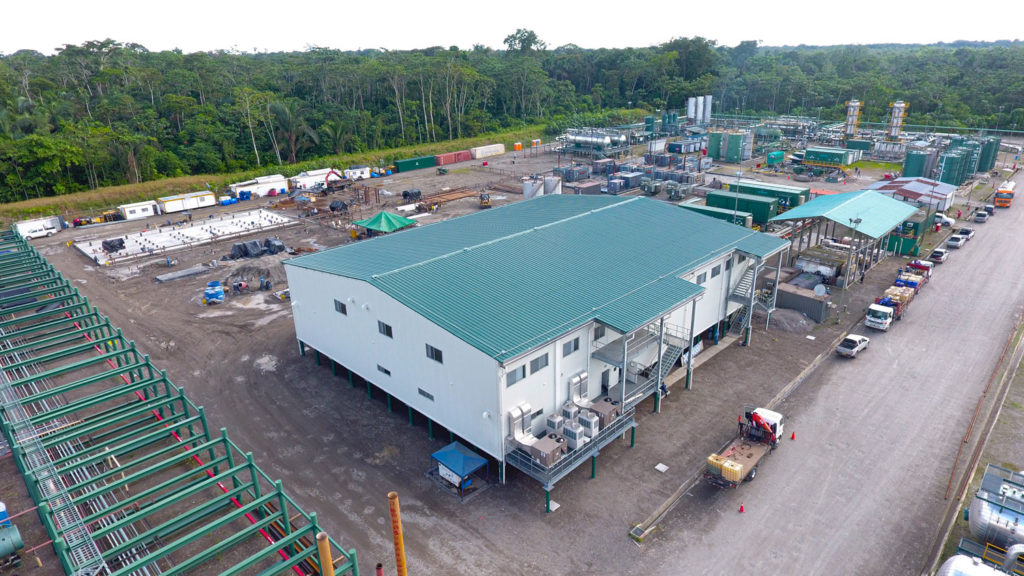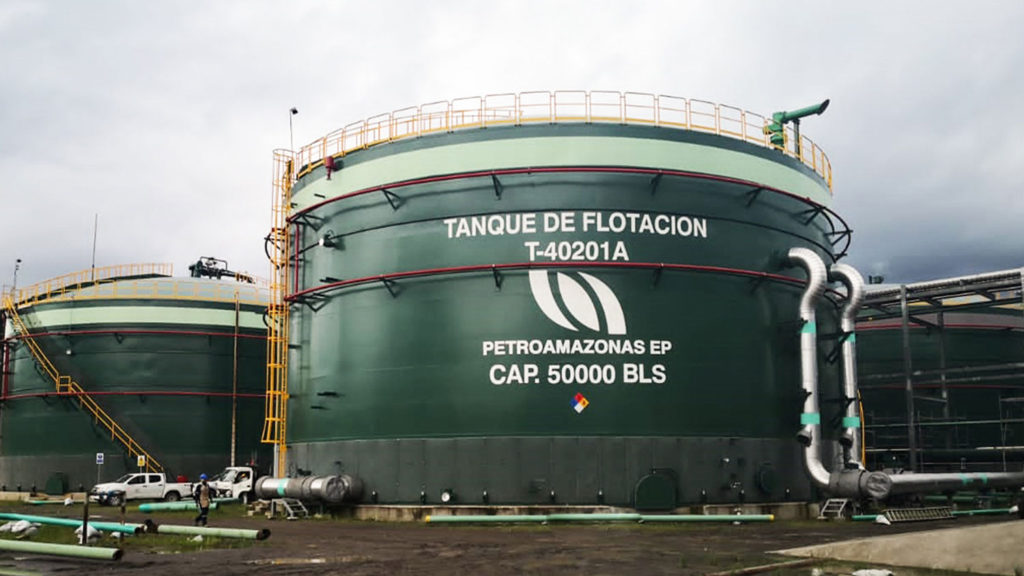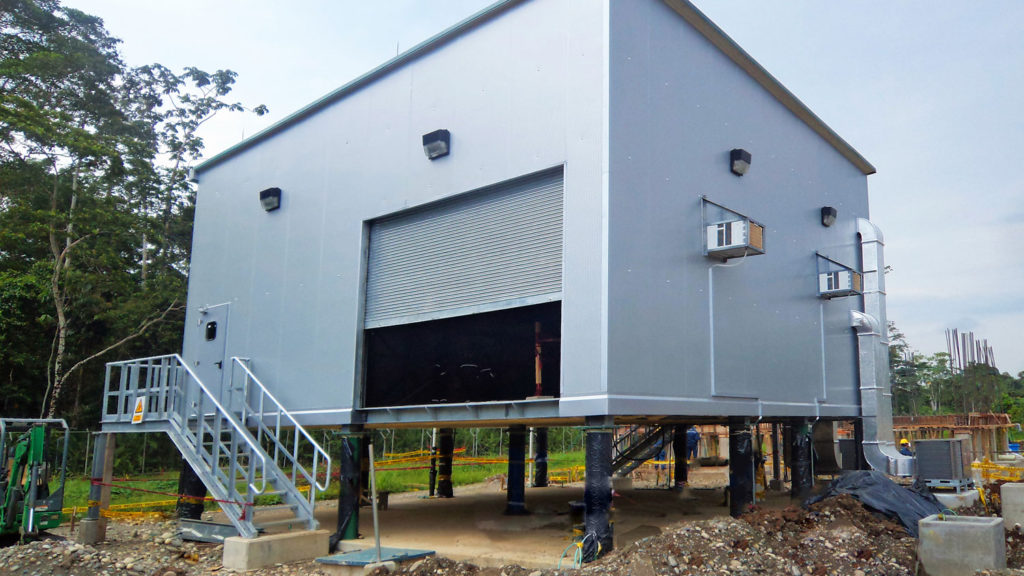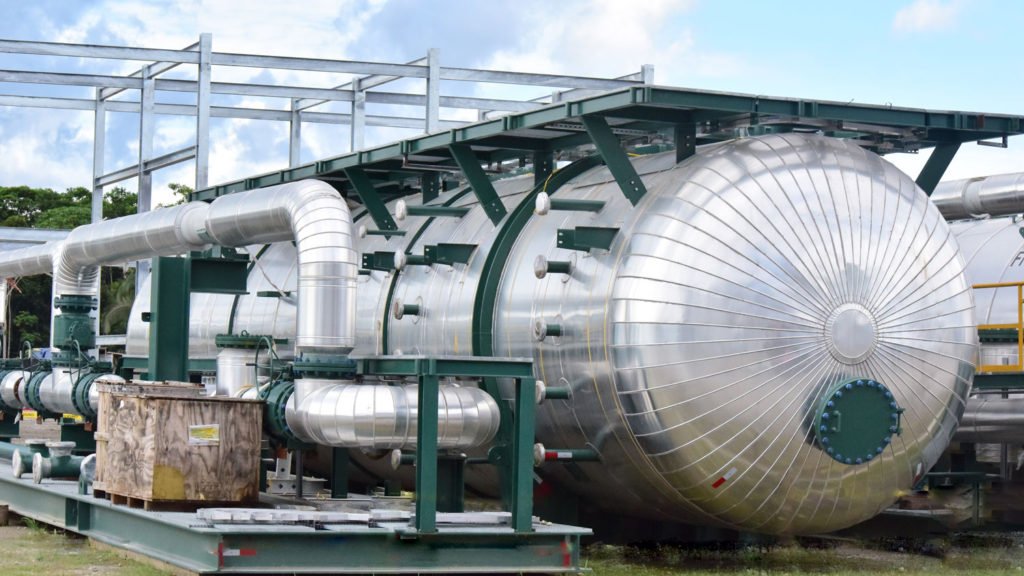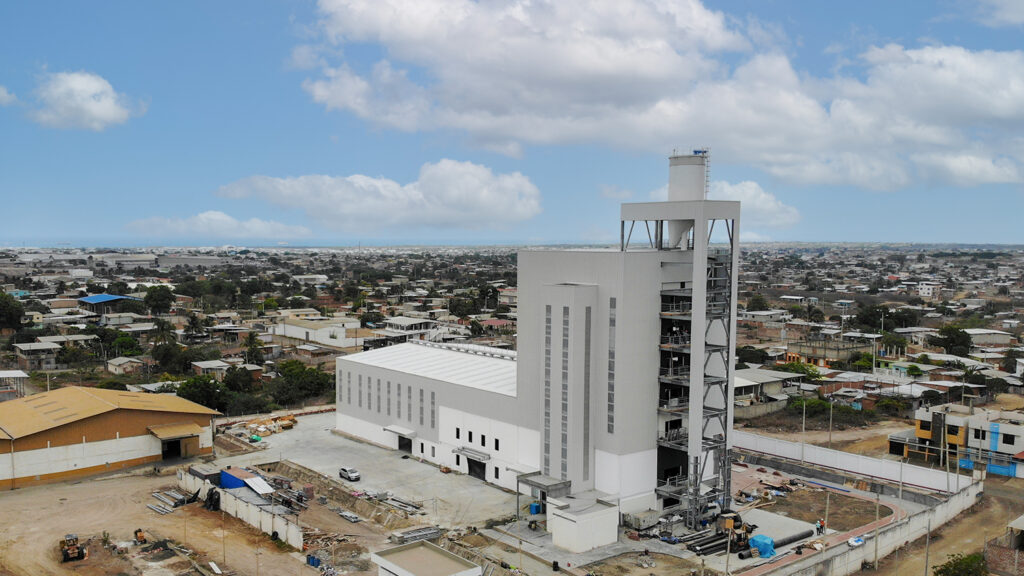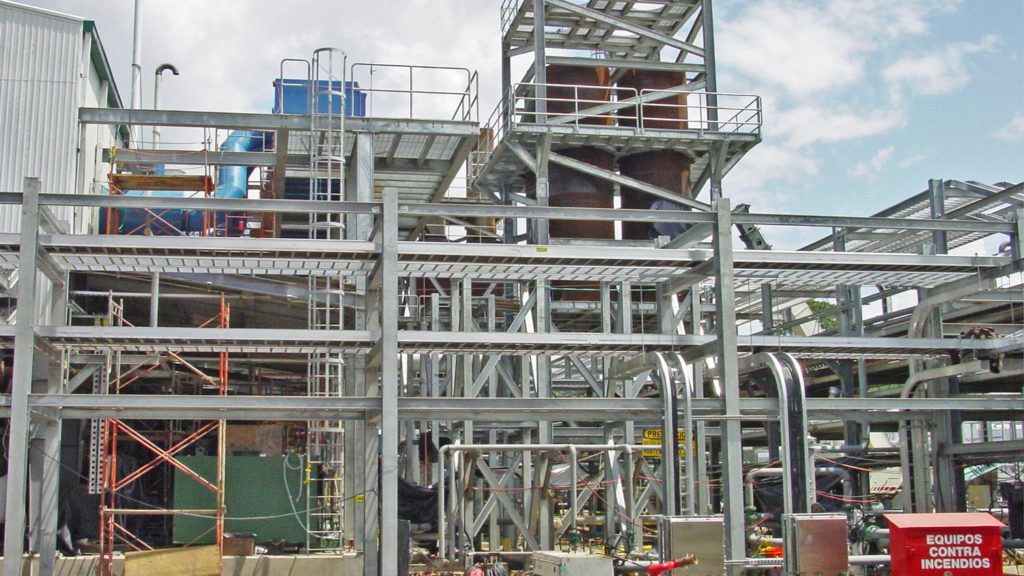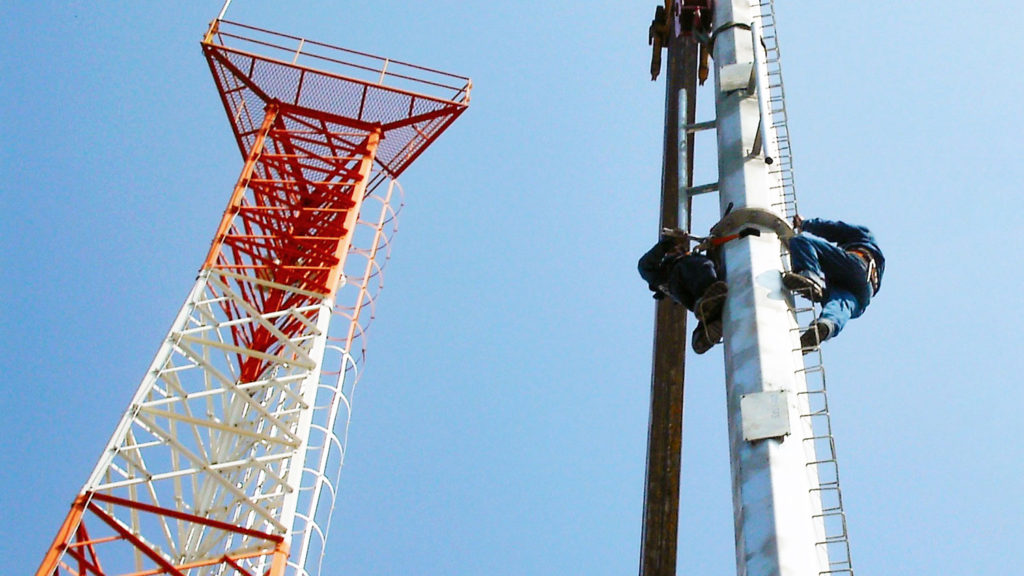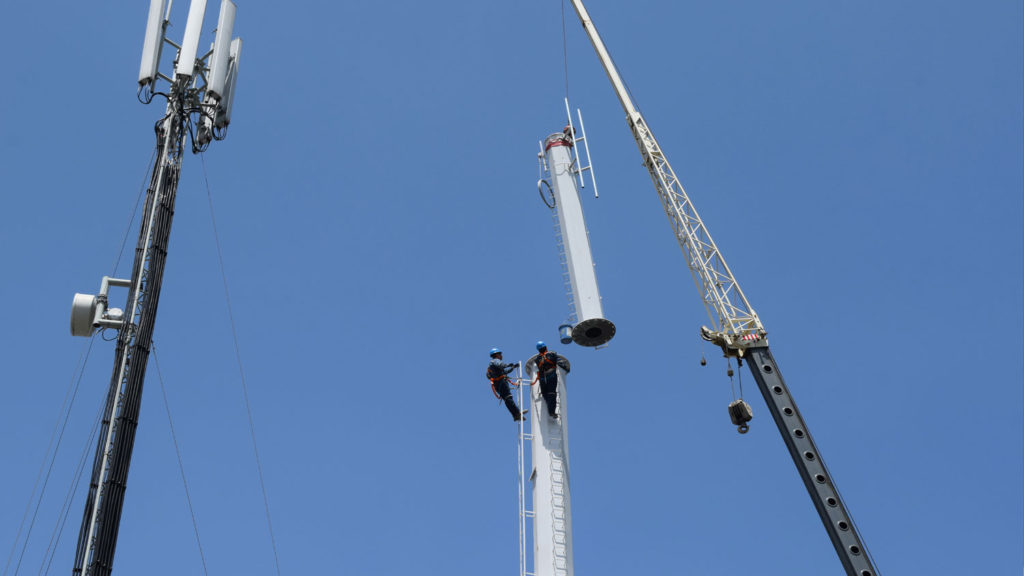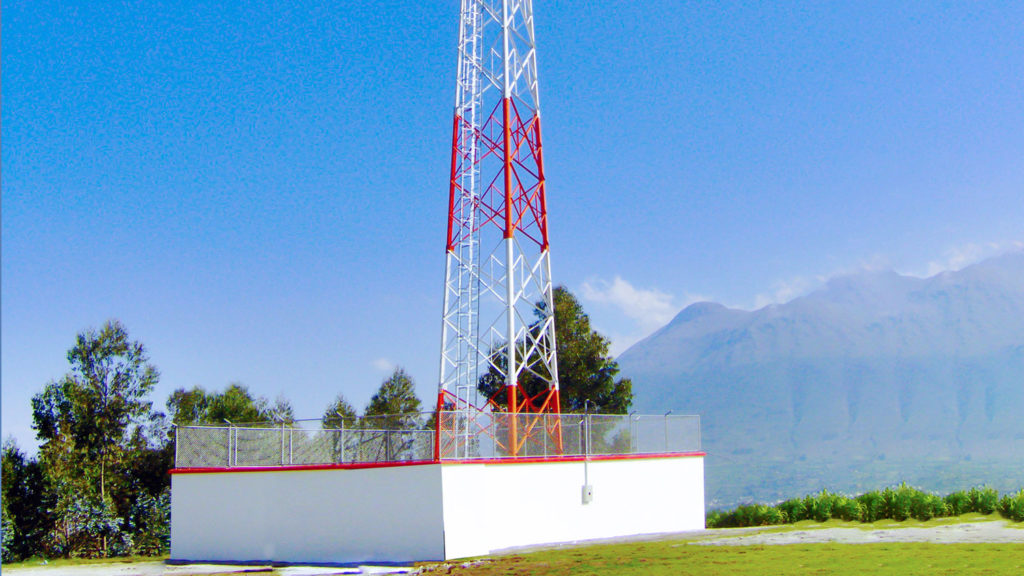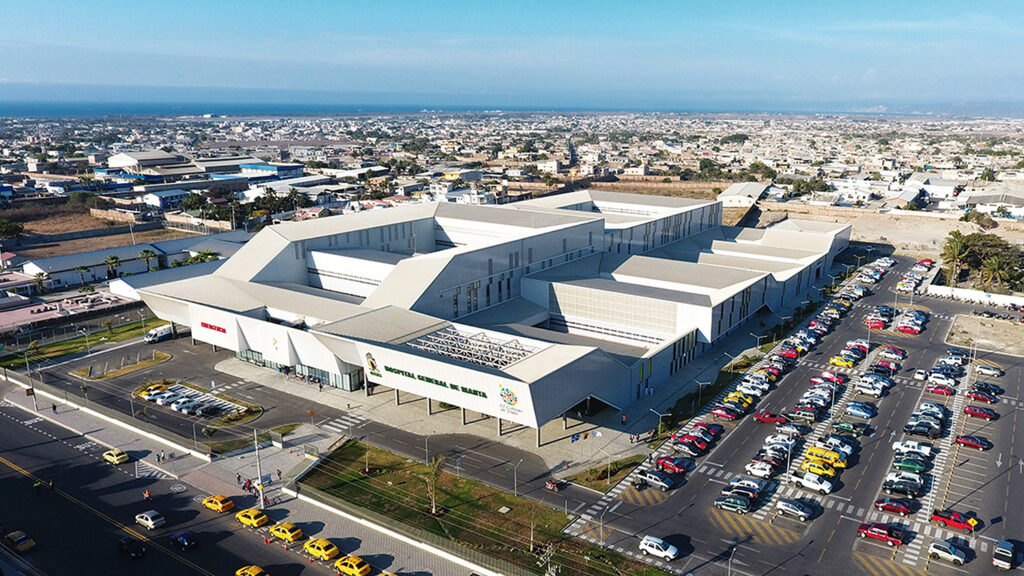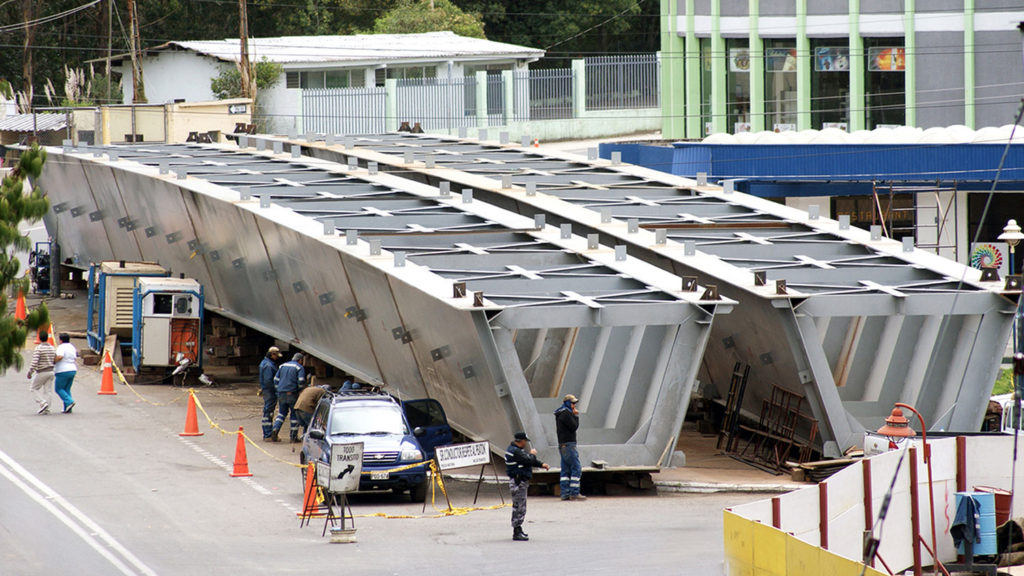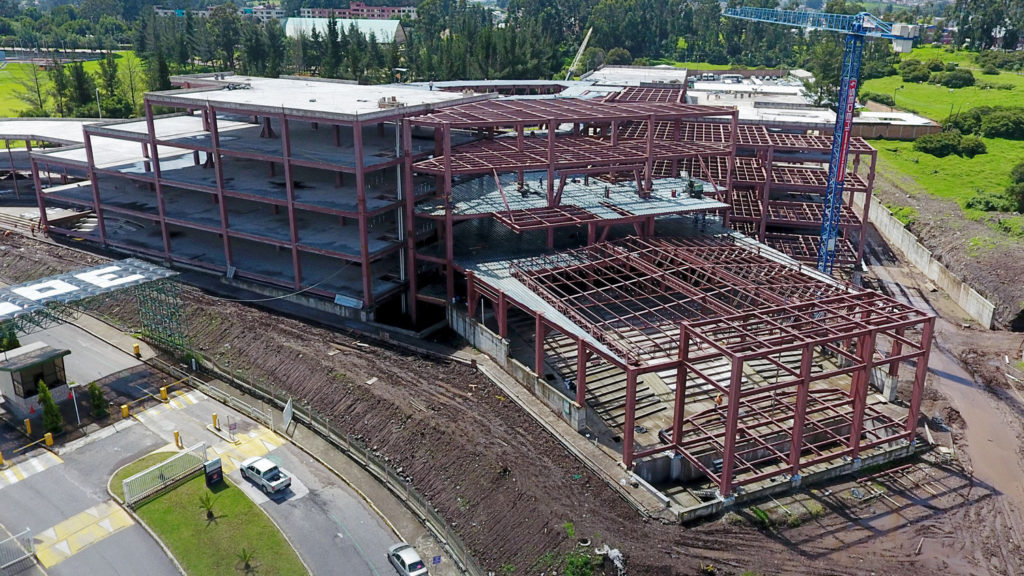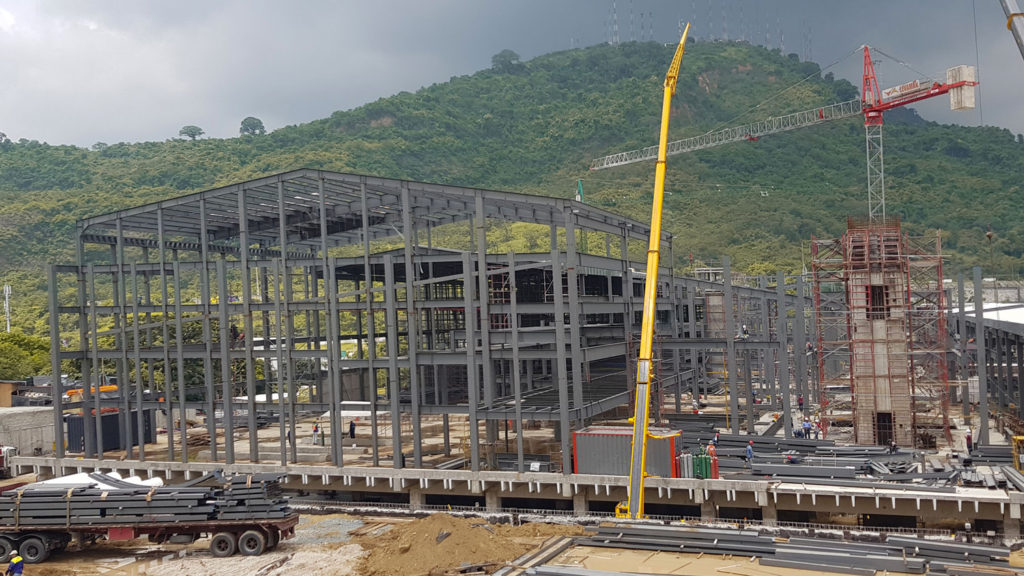Construction is a challenging industry lead by trends that evolve and reinvent each year, guiding society towards a sustainable and digitized future, with construction methods that have been adapting to social and economic changes, as well as the market´s new demands, such as the growing concern for the environment. This 2023 is not an exception and here we want to talk about the 6 more important trends that will be present in Ecuadorian construction this year.
1.- Environmental Awareness: In a world that is more concerned about the environment, the construction industry must be aligned with the new paradigms, which is why people look for projects that are truly sustainable and careful with nature, such as using recyclable materials like structural steel, which generate little environmental impact and is 100% reusable.
Currently, construction projects are committed to a more rational management of resources such as water and electricity, which is why 2023 will promote: reuse water systems, use of rainwater, energy optimization through solar panels or wind power generation. This will reduce costs and generate a positive impact on the environmental footprint.
2.- Automation: The use of advanced technologies such as robotics, artificial intelligence, drones, 3D printing and nanotechnology will be part of the country and the world in 2023, and construction is the ideal sector to apply them. For years Construction 4.0 has been seen, and it will continue to constantly evolve to carry out processes as: verification of safety standards, save labor costs and guarantee that projects are built precisely meeting specifications, in addition to being durable over time.
3.- BIM Technology and Virtual Reality: BIM Methodology is a process to create a 3D model of an infrastructure, to verify its digital representation and identify the interaction between architecture and the different engineering disciplines. As the construction industry grows and evolves, this trend becomes more popular and is used in Ecuador, allowing architects and engineers to plan, design and build an structure to a simulated scale, saving time and costs. The year 2023 will not be the exception and there will undoubtedly be an improvement in digital processes, in addition to having virtual reality for construction plans.
4.- Analytics and Bid Data: Thanks to the growing need to save costs, materials and time, Big Data is an important tool for large construction companies. For example, analyzing the energy consumption data and sources can help to propose strategies to optimize its use and reduce emissions that harm the environment.
5.- Modular Construction: Without a doubt, if there is something that is setting a trend in 2023 is modular construction, an effective alternative that uses prefabricated components that are later assembled in the construction site. This type of construction is friendly with the environment because it does not require water and generates a minimum amount of waste. In addition, construction time is shorter, which favor costs and quality control processes.
6.- Bright and multifunctional spaces: In both homes and offices, multifunctional spaces have become a trend, where, bright and flexible building designs manage to convey a feeling of spaciousness, integrating different environments into one.
Sedemi has been in the Ecuadorian industry for 45 years and is a leader in construction processes nationwide, aligned with the trends that favor the industry and contribute to the development of the country and the region. “We are always at the forefront of processes in accordance with new paradigms, and above all to the needs of the country and the planet, promoting sustainability in each of our projects”. Commented Esteban Proaño, president of Grupo Corporativo Sedemi.

